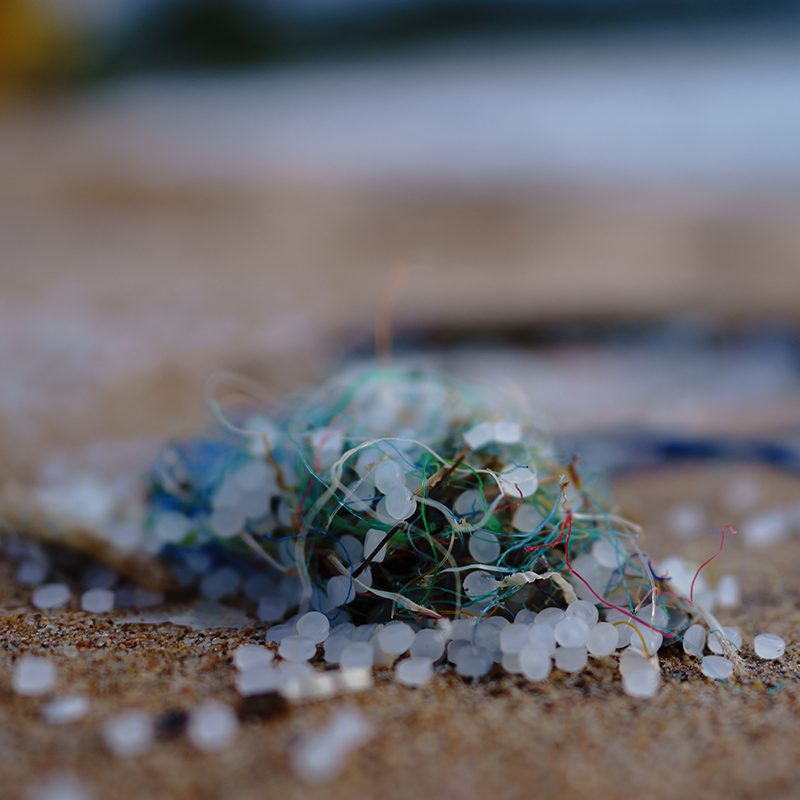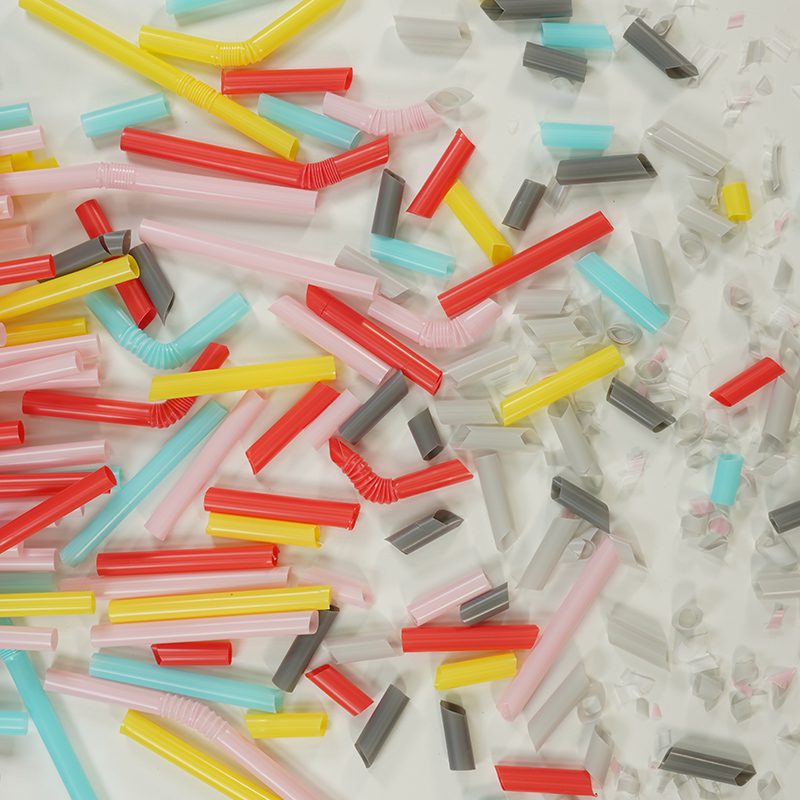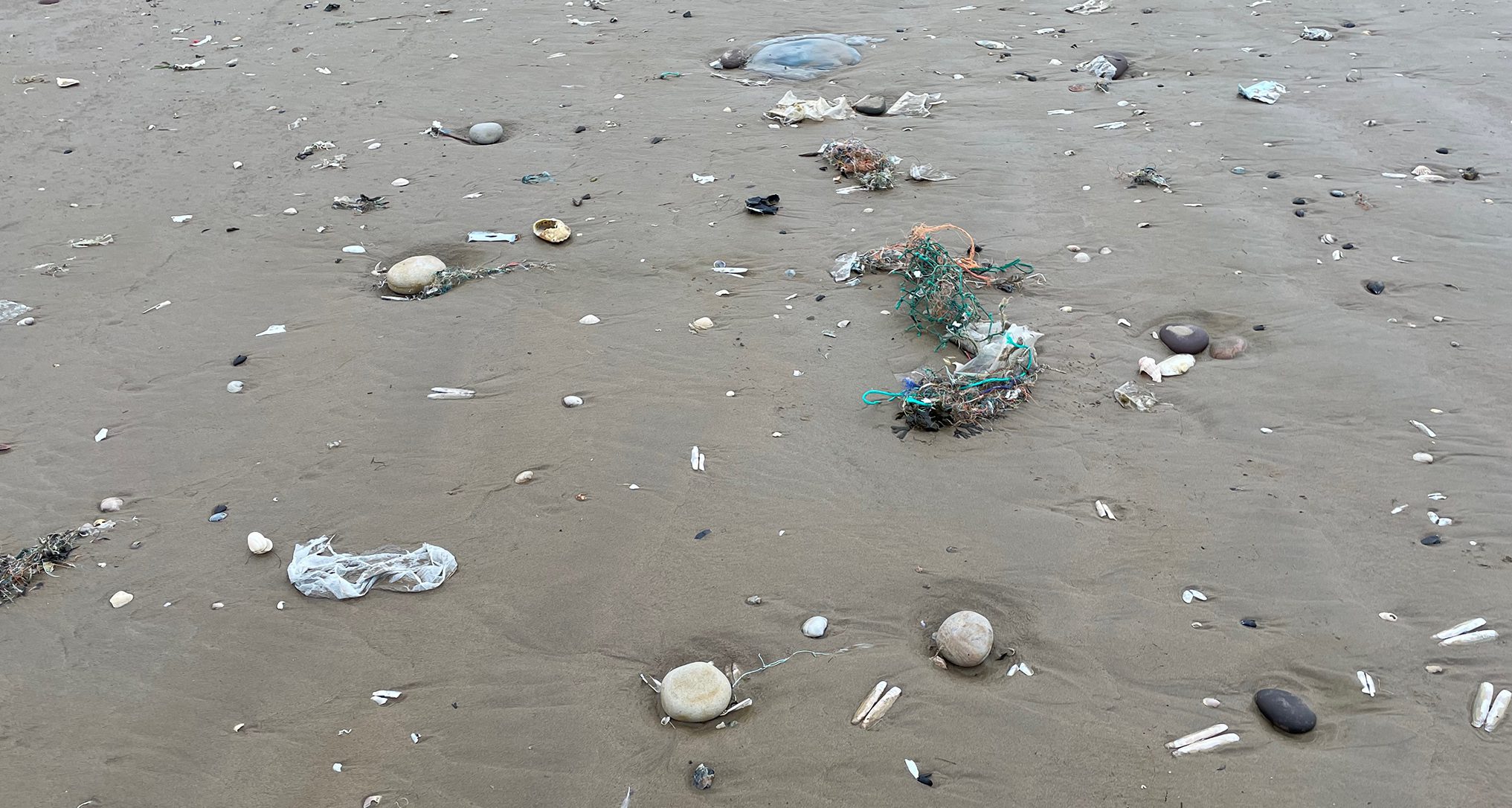It is undeniable that one of the comforts of modern-day life is the use of plastic. People often rely on it for their daily consumption practices because of its convenience and many uses. We use plastic in various products, including toys, containers, cosmetics,single-use products, and many more.
But many people are unaware that the side effects of it are far more than simply plastic waste. We are also consuming it. When you take a bite of food or a sip of water, you are almost certainly experiencing plastic ingestion. How? Microplastics.
As part of our mission to become a Bottleless Nation, we’re also on a mission to educate people on the negative impact plastics play in our everyday lives.

What are Microplastics?
Microplastics are pieces of plastic that are less than five millimeters in size. You can find microplastics in all environments, including the deepest oceans and the air we breathe. Microplastics are in even the most remote locations on Earth, such as mountainous and polar regions, due to their small size and mass, which makes them easily transported by wind.
Microplastics fall into two categories: primary and secondary. Primary microplastics are usually made of polypropylene (PP), polyethylene (PE), or polystyrene microplastic (PS). The most common types of microplastics are small fragments made for industrial purposes, like cosmetics, and microfibers shed from textiles, like garments.
Secondary microplastics are pieces left over after larger plastic objects like water bottles break down. Some microplastics have developed due to larger plastics that have broken apart over time, such as tire wear debris. Others have purposefully been made smaller, like the cosmetic microbeads used in face scrubs. Exposure to environmental factors, particularly sunlight and ocean waves, and marine debris leads to this breakdown.
What Makes Microplastics Dangerous?
In recent years, a new global concern has emerged regarding microplastic pollution and its negative and toxic effects on aquatic organisms and human health. Like plastic items of various size ranges, the issue with microplastics is that they do not quickly decompose into harmless chemical compositions and molecules.
Plastics can take hundreds or even thousands of years to decompose, and while they do so, they cause a broad range of environmental damage. These tiny pieces of plastic can be ingested directly through the food we eat or absorbed through our skin and found in fresh water and water. Microplastics are all around us, including the marine environment, and they bring negative effects to the world.

How Do They Affect Human Health?
More research highlights the biological effects of microplastics and how they affect the environment and our health. Due to their size, microplastics are nearly impossible to remove from the environment where they gather. Studies indicate that because of the toxic chemicals and chemical pollutants, they are made of, they may negatively impact the organisms they come into contact with.
For example, they may reduce feeding, poison, or increase mortality. They also have a tendency to facilitate the transfer of contaminants throughout the food chain, which can have serious consequences for human health. These tiny fragments of plastic are small enough to get into the food web and into the body. And they can stay in the gastrointestinal tract, where they can harm our health.
Science & Technology researchers also discovered that these plastic particles could accumulate in the aquatic environment and be consumed by marine organisms and other animals that humans consume. Evidence shows that microplastics on fish and humans pose a risk to marine organisms, the environment, and human health. These risks are from direct exposure (microplastic ingestion) and indirect exposure (through the environment).
Effects of Microplastics on Your Health
The impacts of microplastics have a wide range of harmful effects on our health. White blood cells cannot decompose microplastics but have no trouble destroying bacteria. If a cell death happens, it releases its enzyme. It causes local inflammation when it reaches a specific mass of microplastics, whether they are numerous small particles or one large one.
Also, the combined effects of microplastics can accumulate in the body and cause cytotoxic effects that can lead to cell death. Microplastics that are inhaled or consumed have the potential to get and cause localized particle toxicity by stimulating or enhancing the immune system. Other harmful effects of microplastics on your health include:
Oxidative Stress
One of the impacts of microplastics on our health is oxidative stress. This can harm DNA, proteins, and cells. And it can affect numerous medical conditions, such as diabetes, cancer, and neurodegenerative illnesses like Alzheimer’s.
DNA Damage and Inflation
One of the adverse effects of MPs is DNA damage and inflation. Chemicals and other dangerous materials used to make plastics can potentially harm the cells’ DNA information. And it can cause genomic instability and epigenetic changes.
Respiratory Disease and Cancer
Exposure to high levels of microplastic particles can cause cancer and respiratory conditions. These microplastic particles penetrate deeply into the lungs and the bloodstream. And they can damage the brain, heart, and blood vessels.
Prioritize Your Health and Switch to Bottleless Nation Now!
If you’re concerned about the negative effects of plastic pollution brought by microplastics on your health, it is essential to be aware of where they come from and what you can do to reduce your exposure. Be mindful of how you use plastics and how this affects our environment and health. You need to make the right choices to reduce your reliance on plastics while still getting the products that you need.
At Bottleless Nation, we want to help promote the growth of companies that have heart, health, and impact. Building beautiful water and ice businesses from wherever they are is what our team of builders, dreamers, and believers do best.
Join our efforts to be part of the change. Contact us to get started!
Photo by Nick Russill on Unsplash
Photo by Sören Funk on Unsplash

